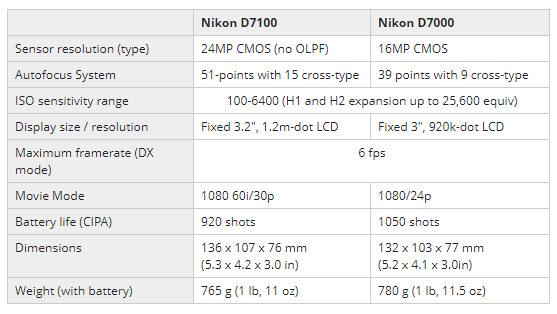A couple of weeks ago, Google formally introduced “structured snippets” as a means to incorporate more Web page data in its search results. In its announcement, Google explained this was just another step in its ever-evolving quest to improve the search results:
Google Web Search has evolved in recent years with a host of features powered by the Knowledge Graph and other data sources to provide users with highly structured and relevant data. Structured Snippets is a new feature that incorporates facts into individual result snippets in Web Search.
Structured snippets are relevant bits of information pulled from a Web page into a Web page’s search result listing in an effort to enhance that listing. Google cites a search result for Nikon’s D7100 as an example of how its structured snippets work, stating “interesting and relevant information is extracted from a page and displayed as part of the snippet for the query ‘nikon d7100’:”

Barry Schwartz reported in a Search Engine Land post that “the structured snippet part of this result are the factual elements,” meaning the information specifying the Nikon D7100’s sensor resolution (type), weight (with battery) and display size/resolution. Search Engine Watch noted in its coverage of the announcement that the snippets work by extracting information from data tables on a Web page and “pairing that with an algorithm to help determine the quality and relevance of which data to display in the snippet.”
In other words, structured snippets work by using an algorithm that pulls what it believes to be relevant data from tables featured on a Web page. As BrightEdge CEO Jim Yu recently wrote at Search Engine Land, “The table aspect is perhaps less surprising when you read the announcement [from Google] that says structured snippets is a collaboration from Google Research and the WebTables research team, and Google Search.” Drawing on the Nikon D7100 search result example given by Google in its announcement, Jim showed the original product page from DPreview.com that was extracted by Google to display the snippet:

At Search Engine Land, Schwartz experimented with the types of queries that trigger Google’s snippets in the search results, and with the exception of the Nikon D7100, his queries all returned structured snippets for Wikipedia. It’s not surprising that Wikipedia shows up with structured snippets often; as Jim noted, Wikipedia makes it very simple for the search engine to parse information out easily.
What do structured snippets mean for you?
Some have speculated that the snippets might cause a decrease in click-through rate from the search results even if it means a better experience for users. (That is, if the searcher sees all the key facts he or she needs from the Google search listings, why click through?) Other industry opinions diverge on this issue. In her interviews with SEOs, Amy Gesenhues at Search Engine Land reports on reactions ranging from concern over Google becoming more of a publisher than a search engine to the possibility of correctly formatted (yet poor) content surfacing to no concern whatsoever. As far as next steps go, there are a few considerations. For those in an ecommerce marketing position, Jim’s post at Search Engine Land (cited above) gives tips for e-commerce CMOs and their page-level strategy for creating and formatting product specifications. That includes:
- Deciding what the most important specifications are about a product, and organizing the information in a nicely formatted table.
- Considering the placement and grouping of the facts on a table, and testing to see if placing the most important facts together and first makes a difference in how structured snippets render.
And there could be even more considerations when it comes to responsive Web design (RWD). Keep in mind that because tables have a rigid structure, they’ve been harder to convert to responsive design. While some designers have decided to abandon tables in RWD, this new feature may require a second thought about that, including:
- Re-evaluating and prioritizing the inclusion of tables in RWD. Do you need to do a multi-page redesign now, or can you make small tweaks to important pages within your mobile configuration?
It remains to be seen how Google’s structured snippets initiative will impact search results, click-through rates and mobile marketing; however, it’s safe to say that this new feature will be yet another item to put on the SEO’s page-level optimization checklist – at least for now.

